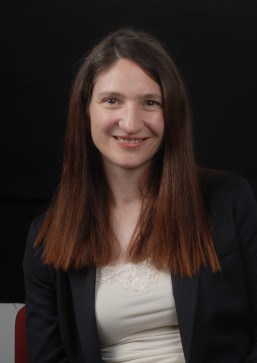CLEAR Report Paper 6: Contact lens complications
While severe complications with contact lenses are rare, the majority can be systematically identified, managed and prevented in practice – with a new paper highlighting factors for eye care professionals to be aware of.
The paper is the sixth in a series to be released as part of the new Contact Lens Evidence-based Academic Reports (CLEAR) – a global consensus report put together by the BCLA.

This report summarises the best available evidence for the classification, epidemiology, pathophysiology and management of contact lens complications.
Complications are considered from an aetiological perspective to help practitioners to determine the most appropriate management strategy and key signs and symptoms underlying major groups of complications are described to support the decision- making process.
The paper’s first author is Fiona Stapleton, with co-authors May Bakkar, Nicole Carnt, Robin Chalmers, Sanjay Marasini, Alison Ng, Jackie Tan, Ajay Vijay, Heidi Wagner, James Wolffsohn and Craig Woods.

Fiona Stapleton said: “Our goal in preparing this report was to examine complications seen with contemporary lenses and to provide an evidence-based summary to support practitioners in their diagnosis and prompt management of these conditions. Improving practitioner confidence may help with managing wearer expectations and with preventing discontinuation from lens wear.”
The paper, titled ‘Contact lens complications’ will be released as part of a new series of evidence-based guidance available to eye care professionals around the world on all aspects of prescribing and fitting contact lenses as part of a concerted drive to provide the best possible patient care.
CLEAR, made possible by educational grants from Alcon and CooperVision, will be published in the April 2021 issue of the BCLA journal ‘Contact Lens and Anterior Eye’ and will feature work from panels of globally respected experts.
It will set the standard to which researchers and eye care professionals will refer for the latest information in the field and will also highlight potential opportunities for future research.